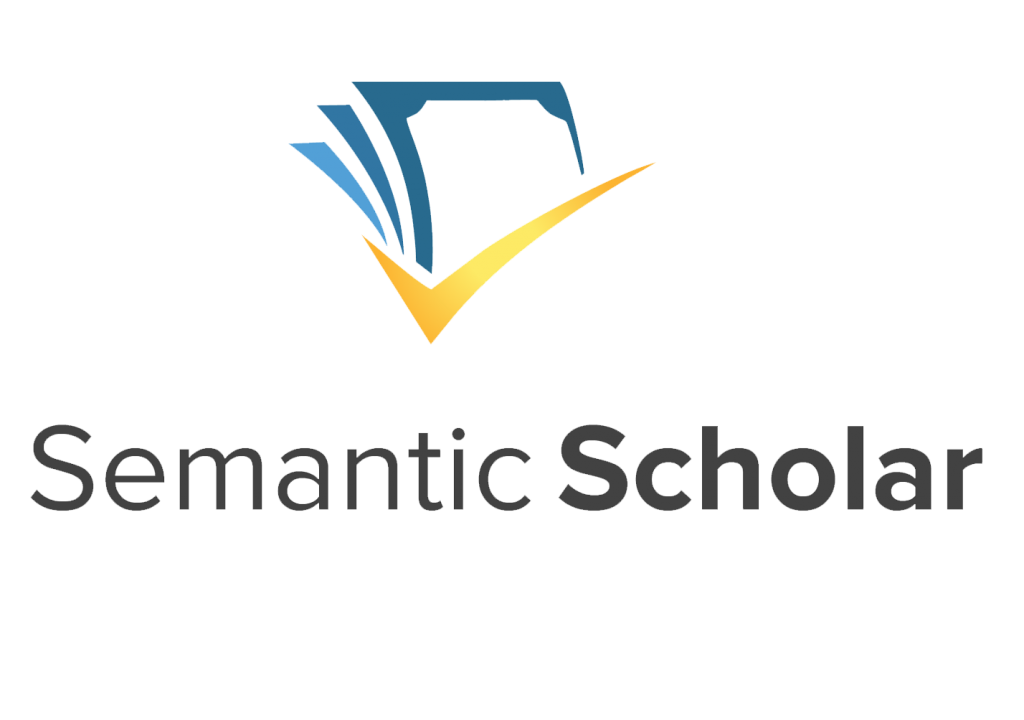Plagiarism Policy
PLAGIARISM POLICY
International Journal of Scientific Research in Modern Science and Technology Publishing Group is part of Cross Check, an initiative to help editors verify the originality of submitted manuscripts. As part of this process, selected submitted manuscripts are scanned and compared with the Cross Check database.
Plagiarism is when an author attempts to pass off someone else work as his or her own. Duplicate publication, sometimes called self-plagiarism, occurs when an author reuses substantial parts of his or her own published work without providing the appropriate references. This can range from getting an identical paper published in multiple journals, to salami-slicing, where authors add small amounts of new data to a previous paper.
PLAGIARISM PRIOR PUBLISHING:
International Journal of Scientific Research in Modern Science and Technology will judge any case of plagiarism on its limits. If plagiarism is detected by the editorial board member, reviewer, editor etc., in any stage of article process- before or after acceptance then we will alert the same to the author(s) and will ask them to rewrite the content or the to cite the references from where the content has been taken. If more than 20% of the paper is plagiarized- the article may be rejected and the same is notified to the author.
By submitting Author(s) manuscript to the journal it is understood that it is an original manuscript and is unpublished work and is not under consideration elsewhere. Plagiarism, including duplicate publication of the author's own work, in whole or in part without proper citation is not tolerated by the journal. Manuscripts submitted to the journal may be checked for originality using anti-plagiarism software.
Plagiarism misrepresents ideas, words, and other creative expression as one's own. Plagiarism represents the violation of copyright law. Plagiarism appears in various forms.
- Copying the exact content from the other source. Purposely using portions of another author's paper.
- Copying elements of another author's paper, such as figures, tables, equations or illustrations that are not common knowledge, or copying or purposely using sentences without citing the source.
- Using text downloaded from the internet.
- Copying or downloading figures, photographs, pictures or diagrams without acknowledging your sources.
- In the case of a publication being submitted that was originally published in another language, the title, date and journal of the original publication must be identified by the authors, and the copyright must be obtained. The editor may accept such a translated publication to bring it to the attention of a wider audience.
- In case author wants to use material from the other work then it is mandatory to cite the same in references. Else the author needs to change the language completely and use his/ her own language.
ACKNOWLEDGING AUTHOR(S) SOURCES
Self-plagiarism is a related issue. In this document we define self-plagiarism as the verbatim or near-verbatim reuse of significant portions of one's own copyrighted work without citing the original source. Note that self-plagiarism does not apply to publications based on the author's own previously copyrighted work (e.g., appearing in a conference proceedings) where an explicit reference is made to the prior publication. Such reuse does not require quotation marks to delineate the reused text but does require that the source be cited.
AI Plagiarism Policy:
International Journal of Scientific Research in Modern Science and Technology do not accept AI-generated content with more than 20% plagiarism. If more than 20% of the paper is AI plagiarized- the article may be rejected and the same is notified to the author.






